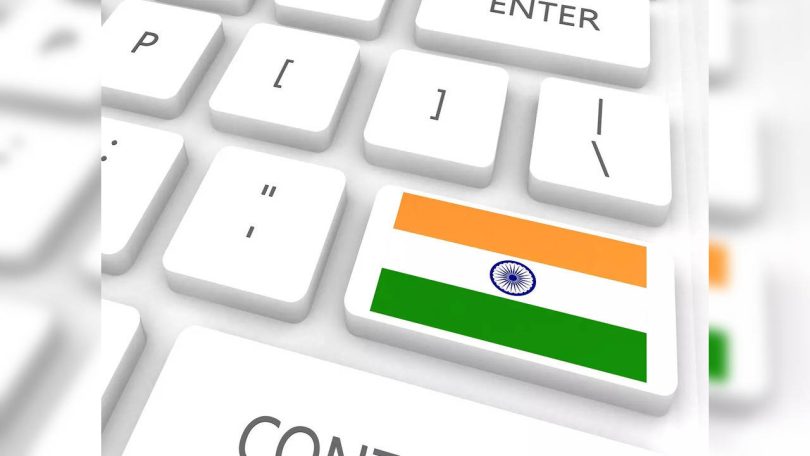[ad_1]
India in a sweet spot
Despite an imminent slowdown in Europe, a clearly weaker China and tighter monetary conditions in the US, there are no signs of a likely significant pull-back in economic activity in India. Despite the small contraction in Q2 GDP, India’s economy remains resilient especially taking into account the sharp increase in price pressures through Q2 which were helped by countercyclical fiscal measures in the form of tax cuts and subsidies. Barclays predicts, an annual growth of at least 6.0-6.5% y/y can be generated over the next two years as underlying demand appears strong, as households and corporates are benefiting from countercyclical fiscal tools, such as tax cuts and subsidies. Barclays also forecasts GDP to grow 7.0% in FY22-23, with the underlying trend robust.
Domestic tailwinds
The recent increase in personal loans, with loans for consumer durables as well as services seeing a solid acceleration through 2022, underscores the strength of consumption demand. The strength of bank balance sheets, high system liquidity, and relatively deleveraged situation of both households and corporates, have supported credit growth.
Word of caution
Strong growth which is set against the backdrop of elevated inflation, large current account deficits and a stretched fiscal position could weaken some indicators of macro stability. Given the elevated commodity prices and the level of fiscal support provided to contain inflation, concerns remain around India’s large current account and budget deficits. These risks to macro stability may increase if growth accelerates too sharply.
[ad_2]
Source link









